Google Doubles Down on AI in Education: What It Means for Classrooms
Google is intensifying its push into AI in education, introducing a robust set of tools under its Gemini brand that caters to both educators and students. With the integration of Google Gemini tools, AI chatbots for students, and data-driven platforms, Google is not just supporting education — it’s actively reshaping it.
This move signals a major shift in educational technology trends, offering practical insights into how AI transforms the classroom in real time.
From personalized tutoring to time-saving tools for teachers, this new wave of AI capabilities aims to make education more efficient, inclusive, and scalable — while also raising important questions about equity and classroom dynamics.
Google Gemini Tools: A New Era for Educators
At the center of Google’s strategy is the rollout of Google Gemini tools tailored for educators. These AI-powered features are built directly into Google Workspace for Education and focus on reducing administrative burden while enhancing lesson delivery.
Key capabilities include:
- AI-assisted lesson planning via Docs and Slides
- Real-time grading support
- Smart summaries of student performance
- Recommended resources tailored to curriculum objectives
By leveraging Gemini in this way, teachers can focus more on student engagement and less on repetitive tasks. For schools already relying on Google’s productivity suite, these updates feel like a natural, seamless upgrade.
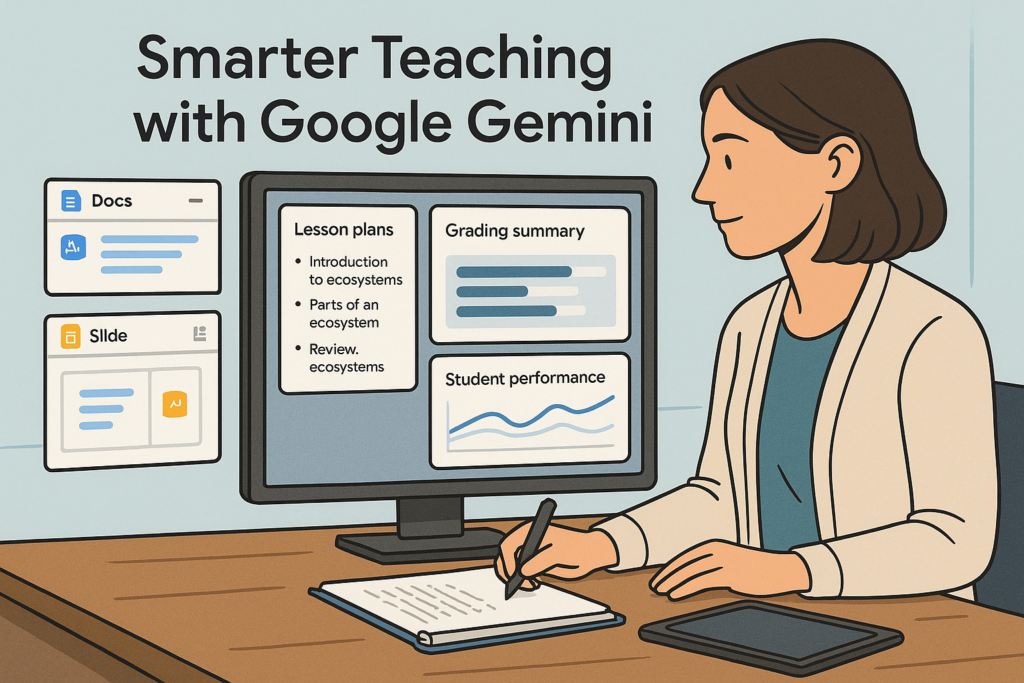
AI Chatbots for Students: 24/7 Learning Support
One of the most exciting developments is the deployment of AI chatbots for students. These Gemini-powered bots function as virtual tutors, capable of answering subject-specific questions, breaking down complex concepts, and offering real-time feedback.
Here’s what these chatbots can do:
- Support homework problem-solving
- Explain concepts in multiple formats (text, charts, visuals)
- Suggest follow-up learning resources
- Operate outside of school hours to support at-home study
By offering how AI transforms the classroom with persistent, personalized support, these chatbots are making education more accessible — particularly for underserved students.
If you’re exploring how other AI platforms are improving productivity, you may want to read our article on Claude 4 redefining AI productivity.
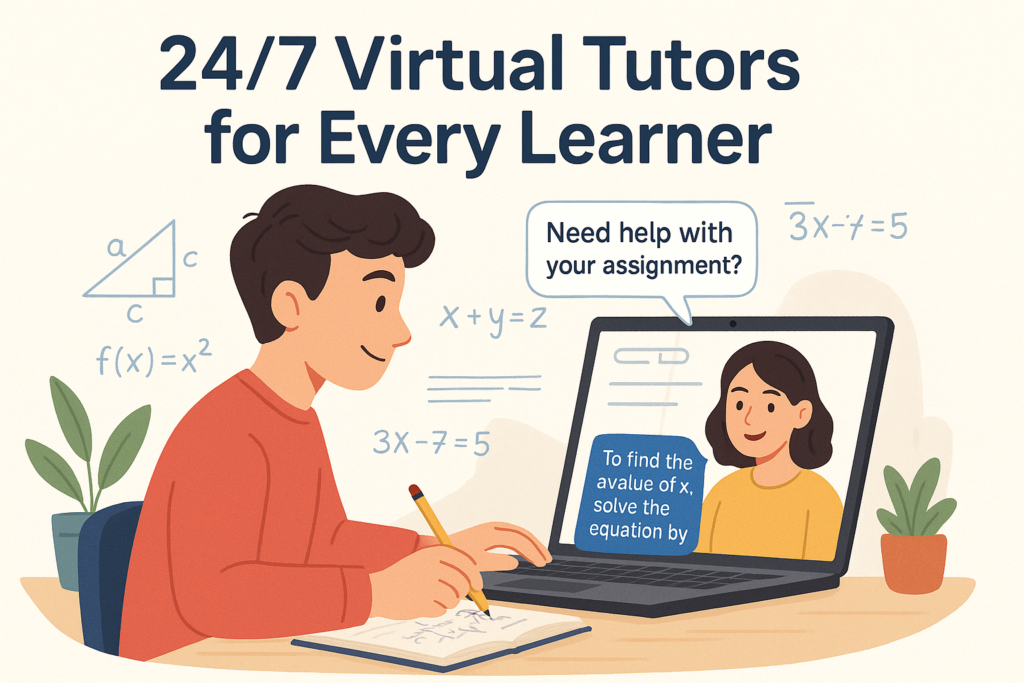
Educational Technology Trends: What Educators Should Know
Google’s expansion into AI fits into broader educational technology trends shaping modern classrooms. The shift toward blended learning, adaptive platforms, and AI-assisted tools reflects a new era in digital pedagogy.
Current trends include:
- AI-driven learning platforms
- Gamification and interactive assessments
- Emotion-aware AI to gauge student mood and engagement
- Personalized learning paths based on data insights
With AI in education accelerating rapidly, school systems must balance innovation with ethical considerations like privacy, bias, and accessibility.
How AI Transforms the Classroom Experience
The question educators now face isn’t whether to adopt AI, but how AI transforms the classroom in a sustainable, effective way.
Positive impacts include:
- Enhanced feedback loops for faster learning
- Reduced teacher workload through automation
- Improved accessibility for students with learning differences
- Continuous performance tracking
However, these benefits come with caveats. Teachers must be trained to integrate AI responsibly. Schools must ensure AI tools don’t replace human empathy or introduce algorithmic bias.
Companies like Webie offer UX and software consulting services that can help education platforms balance AI integration with ethical UX design. Meanwhile, Bozzabench continues to explore future-forward tech trends shaping the education and enterprise sectors.
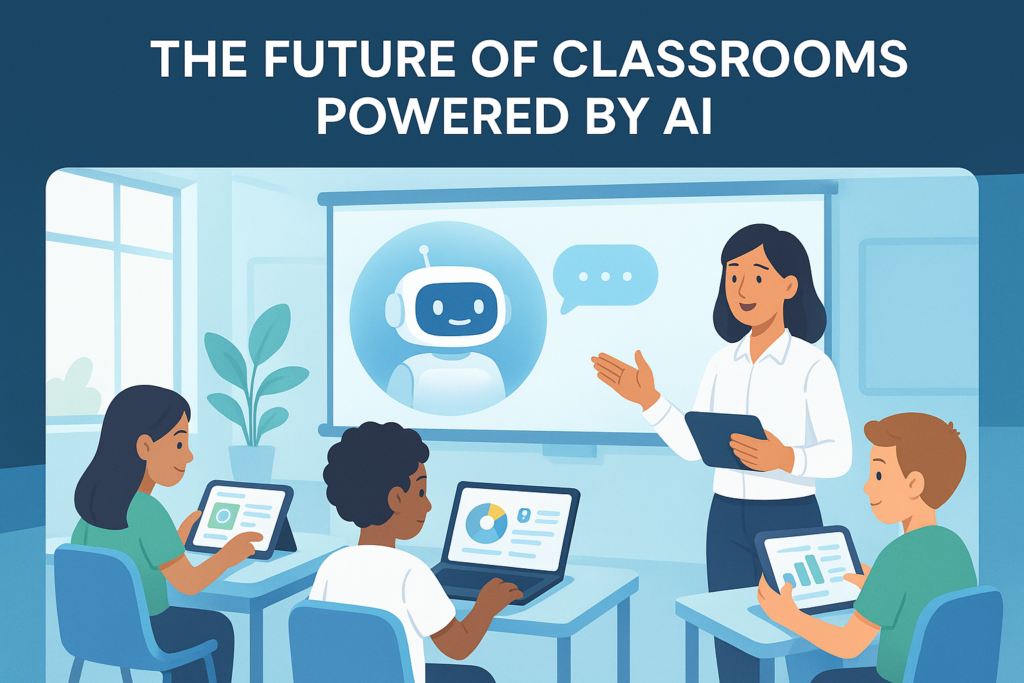
Final Thoughts: The Future of AI in Education
Google’s commitment to AI in education is a bold step toward redefining digital learning environments. With tools like Google Gemini, students and teachers are being equipped with intelligent companions to streamline learning, foster curiosity, and reduce burnout.
Still, these advances must be rolled out with intention. From ensuring digital equity to upskilling educators, a thoughtful approach is essential to truly unlock AI’s promise in education.
As technology continues to evolve, one thing is clear: AI is not just an add-on — it’s fast becoming the foundation of the modern classroom.

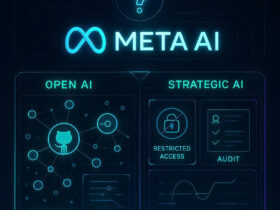
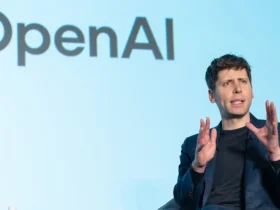
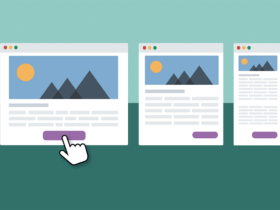


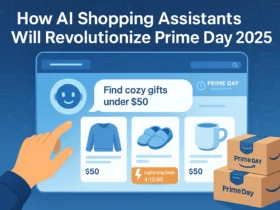
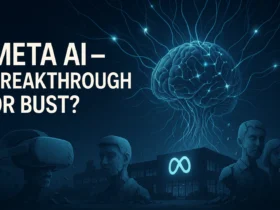



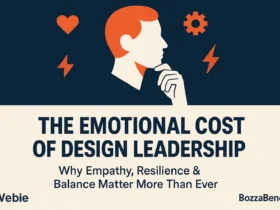
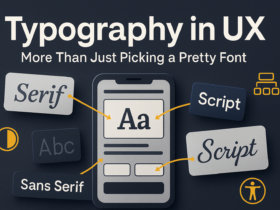
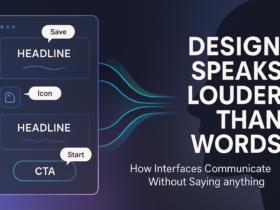

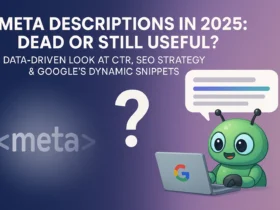



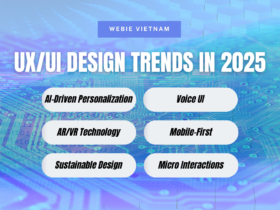



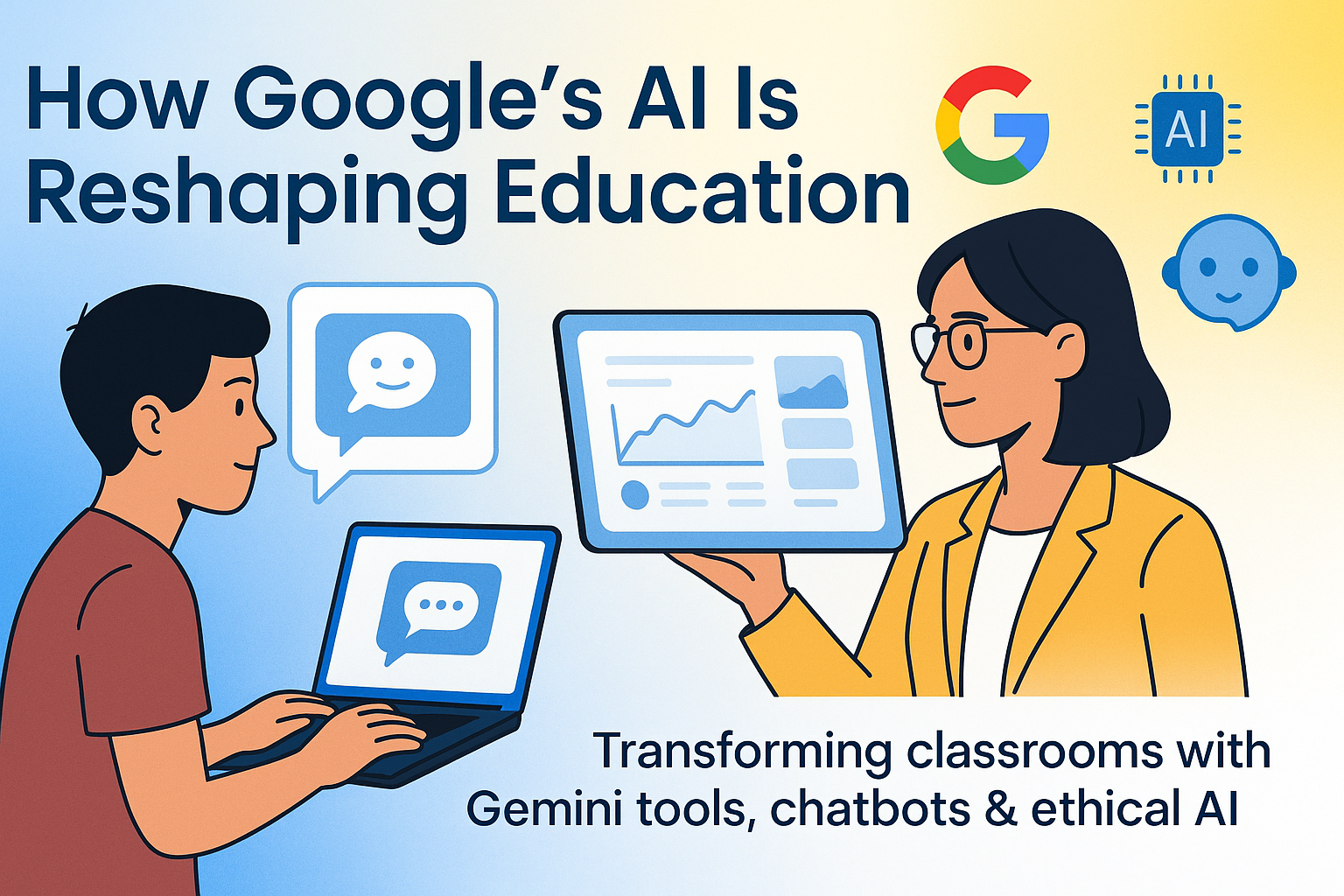
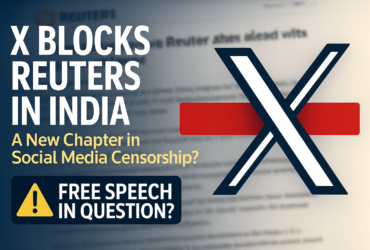
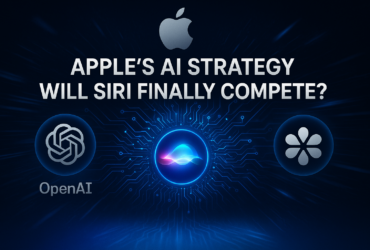

Leave a Reply